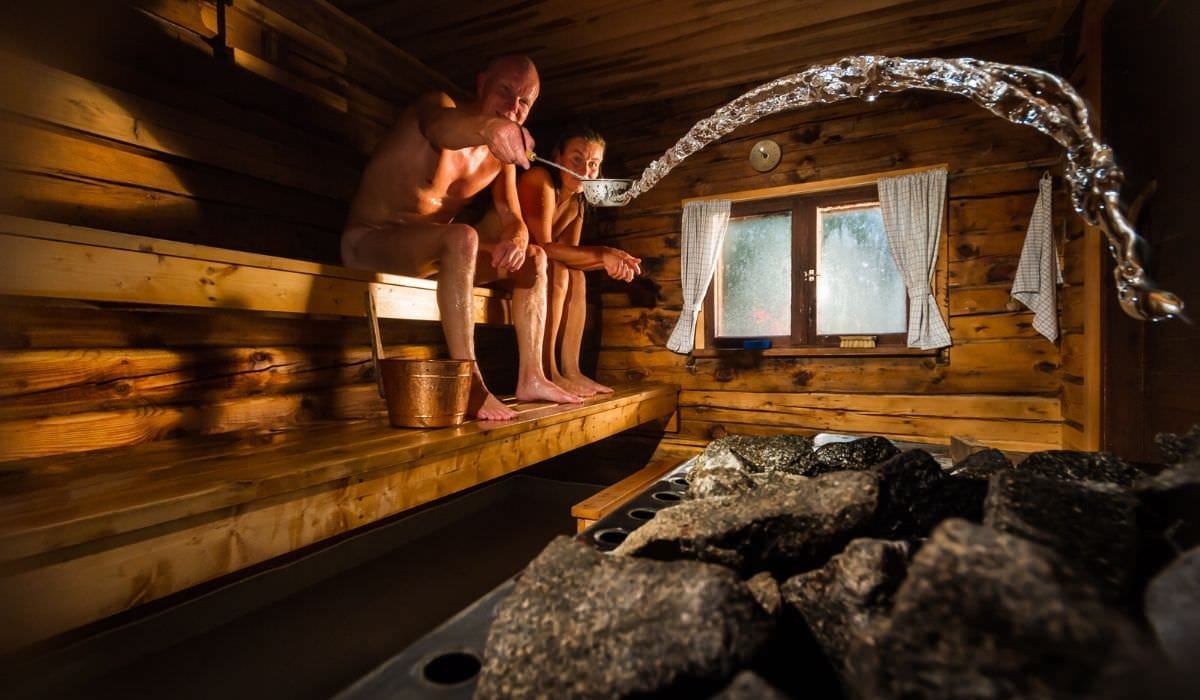For most of us, skiing isn’t something we get to do every week of the year. In fact, it’s often a bit of a shock to our bodies when we suddenly clamp them into ski boots and fling ourselves down a mountain. Wild weather, long days, increased alcohol and food consumption also put our bodies under a different set of stresses – but aren’t they fun! This is why we often ask, what's the best way to recover after a day on the slopes?
In all seriousness however, if you spend a little time helping your body recover from a ski day – you’ll be able to ski better and for longer the next day, and so on. You’ll also be less likely to sustain an injury or do any damage.



